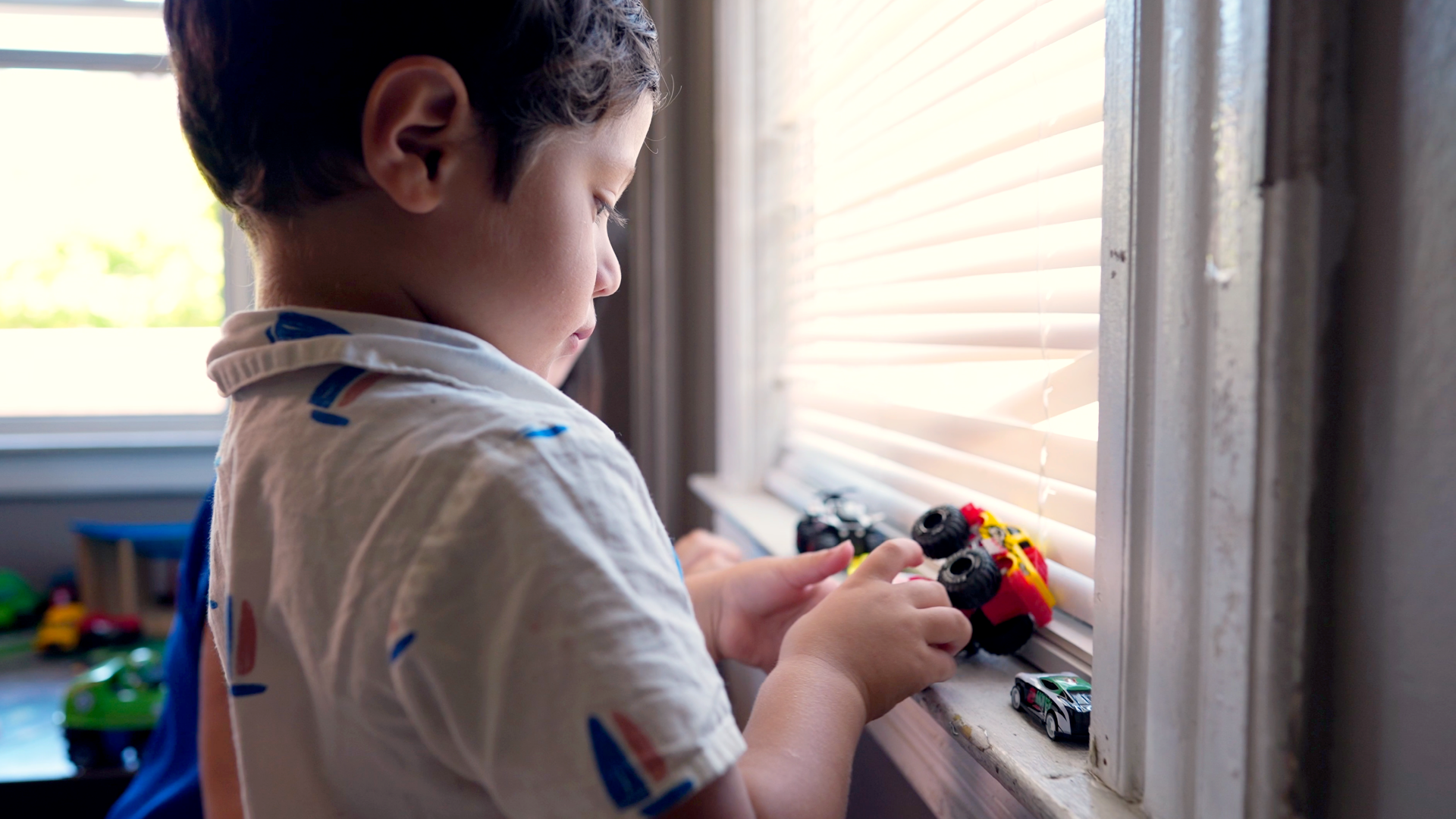Every year, the promise of a thousand Connecticut children is impacted due to lead exposure. Lead poisoning can affect our young children by harming brain development and health, causing issues throughout their lives. This includes behavior problems, poor school performance and long term health problems. Yet, lead poisoning is completely preventable.
The Department of Public Health is working in every Connecticut community to create a lead-free future for our state. We need your help. We can make a difference for Connecticut’s children by taking action now to make our state lead-free.
